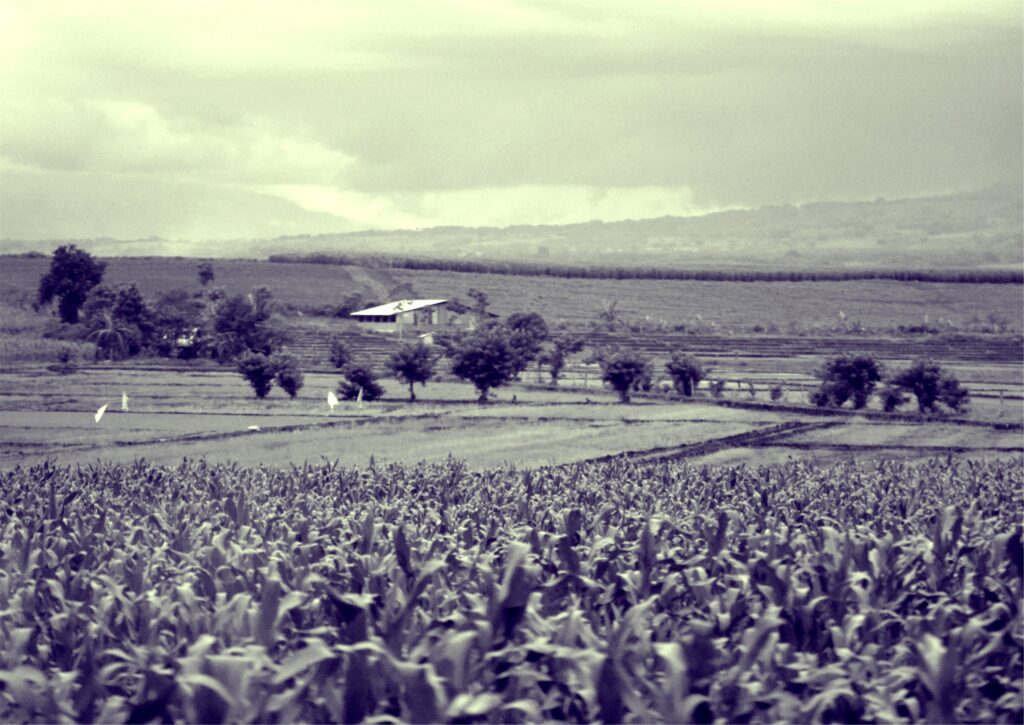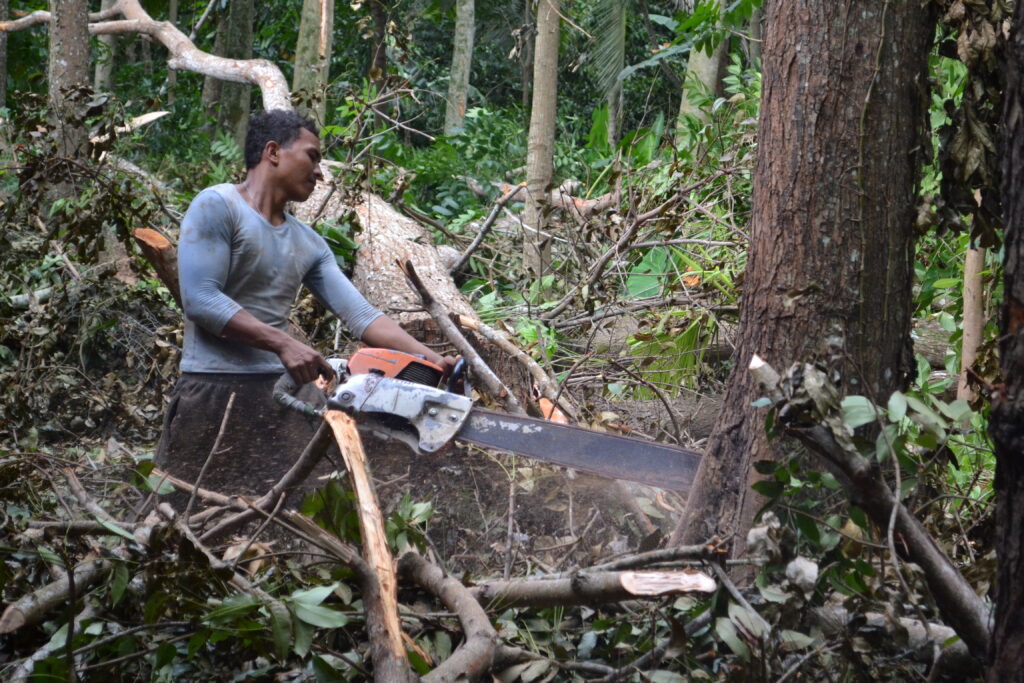Text and Photos by Henrylito D. Tacio
The problems that beset the uplands in the Philippines, particularly deforestation, can be curtailed by planting perennial crops, according to a biomass consultant with the World Agroforestry Center (WAC).
“One of the answers to the dwindling forest cover is to change the system of agriculture from short-term crops to planting of perennials,” wrote Dr. Craig B. Jamieson in one of the agriculture and development notes published by the Southeast Asia Regional Center for Agriculture (SEARCA).
Perennial comes from the Latin root word perennis, which means “lasting through the whole year.” In agriculture, perennialization means converting an annual-based crop system to a perennial (enduring) one.
As advocated by WAC, perennialization involves “the substitution of annual crops with perennial plants and trees as they provide continuous ground cover and deep root systems for soil protection and stabilization, while increasing carbon stocks and reducing soil nutrients lost by leaching.”
“The integration of trees into arming practices has the potential to sustain land productivity in addition to providing useful tree products such as firewood and fodder,” Jamieson said.

Poorest of the poor, marginalized, and illiterate are just some of the terms used to describe the Philippines’ upland farmers. The uplands refer to rolling to steep lands, with slopes ranging upward from 18 percent.
“The upland farmer faces a very dark future unless something is done for him very soon,” said Rev. Harold R. Watson when he was still the Mindanao Baptist Rural Life Center director in Kinuskusan, Bansalan, Davao del Sur.
“He is the least educated, least paid, least healthy, least hopeful and most neglected in agricultural development of all people in the Philippines,” said Watson, who is now retired and back in his birthplace in Mississippi, United States.
About 60% of the country’s total land area of 30 million hectares is uplands. As the population continues to swell in the lowlands, many farmers are now moving to the uplands and practicing agriculture.
But most of the farming practices are unsustainable in the uplands. “The planting of certain crops for human food and animal feeds has caused arable lands to be less productive and unstable over the years,” Jamieson pointed out.
According to Jamieson, corn is planted on about 30% of arable lands in the country. “Corn is one of the most common animal feeds in the world, but it can cause serious erosion in the uplands and increase the risk of landslides,” he wrote.
Encroaching the uplands has also led to the cutting of trees. “In the last 100 years, the trend was a continuous loss of forests starting in the 1900s when there was still 70% standing forest,” Jamieson said. “In 1999, only 18.3% were left. If this trend continues, the Philippines will have no forest left in the very near future.”
This is why Jamieson is recommending the planting of perennials, which is actually a form of agroforestry. Based on existing studies, he said, the system can provide the following benefits to the environment:
- Extend the productive life of soils.
- Develop resilience to extreme rainfall events, droughts, and insect pressures.
- Reduce land run-off that creates coastal dead zones with disastrous effects on fisheries.
- Maintain the quality of surface and groundwater, and build food security.
“Compared to annual crops, perennials have many ecological advantages,” Jamieson said. “First, they live longer and develop deeper root systems over time; hence, perennials have greater access to groundwater. Also, their deep root systems make them less prone to wind and rain damage, helping farmers adapt to climate extremes and protecting the soil from erosion.”

Farmers can save money from buying chemicals like pesticides and herbicides. “Aside from the obvious savings on expenses, the planting of perennials likewise reduces the impact of chemicals on local watersheds,” Jamieson wrote.
The WAC consultant said perennials could be in the form of grasses, herbs, vegetables, and fruit trees. Examples include avocado, banana, grapes, basil, fennel, garlic, ginger, and radish.
“Finding alternatives to annual cropping systems becomes more urgent as the world faces the need to mitigate and adapt to climate change,” Jamieson said. “Perennialization could play a significant part in providing more robust, productive, and environmentally benign agricultural systems in the future.”
Meanwhile, the uplands in the Philippines are seen as the “last frontier” for the farmers.
“Even if the Philippine government poured all the money and skills in expanding the carrying capacity of the lowlands, it would still become all too where the next focus for rural development efforts will have to be the uplands,” wrote Charles Castro in a position paper, “Upland and Uplanders: In Search for New Perspective,” in 1984 yet.
“For it is in the uplands where supplementary and additional food sources will be grown. It is in the uplands, which will give Filipinos temporary elbow room for the land shortage. It is in the upland where landless rural people will find a new option in fighting rural poverty.
“It is in the uplands where alternatives for fossil fuel requirements may be produced. It is in the uplands where consequently new problems of tenure, social justice and human rights will be fought, and it is in the uplands where the long-term viability of resources needed by the densely populated areas such as irrigation water, timber, and coastal and fishery resources can be established.”

